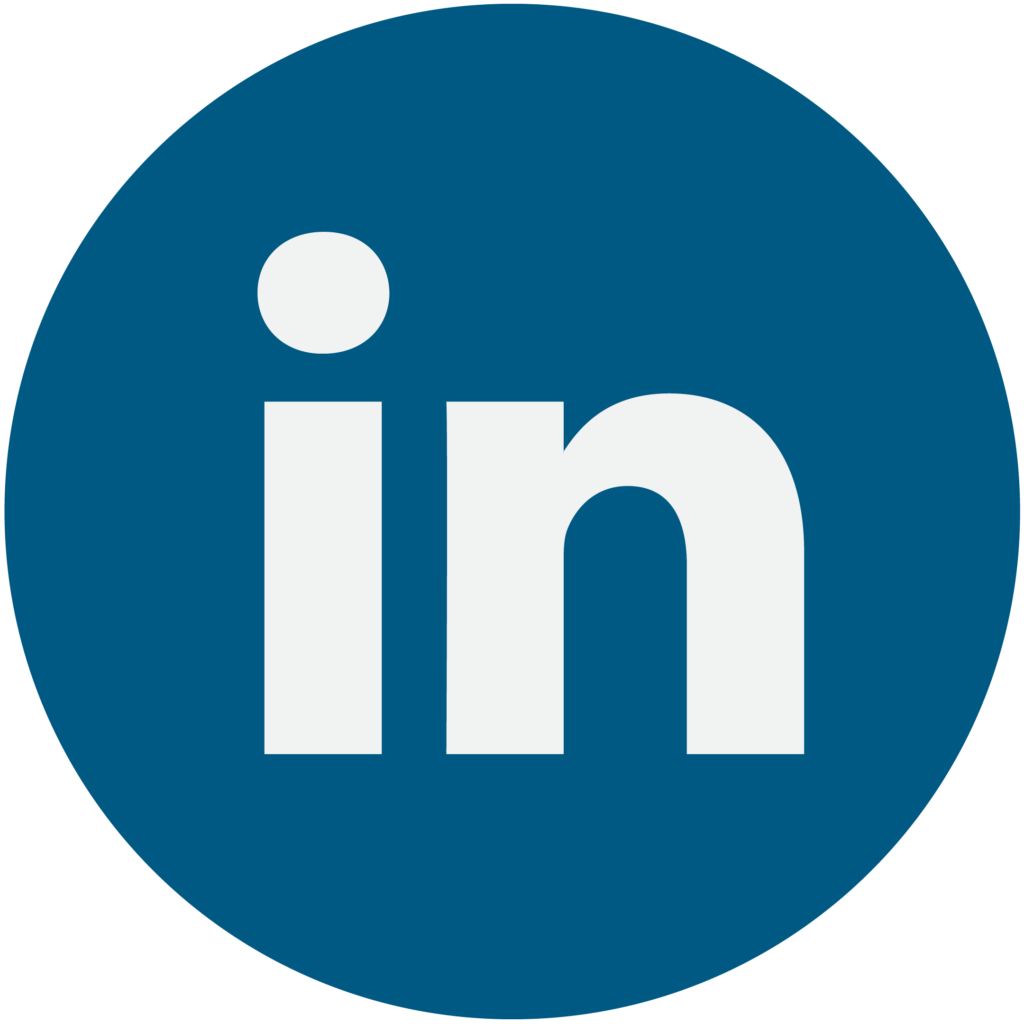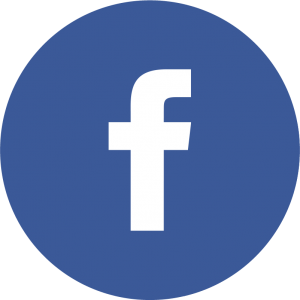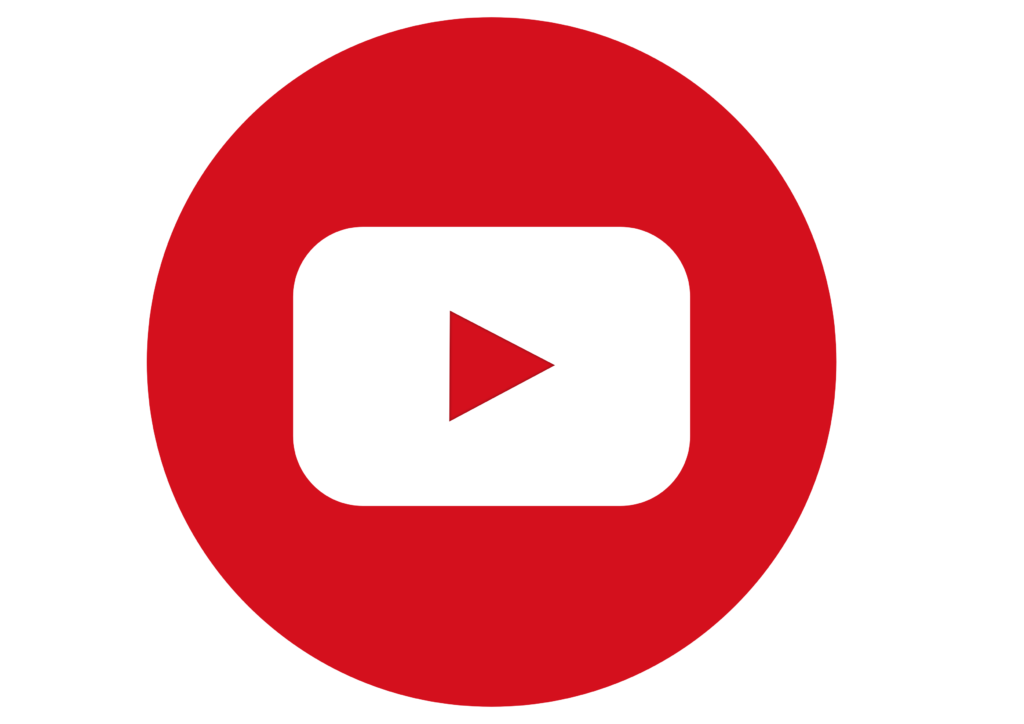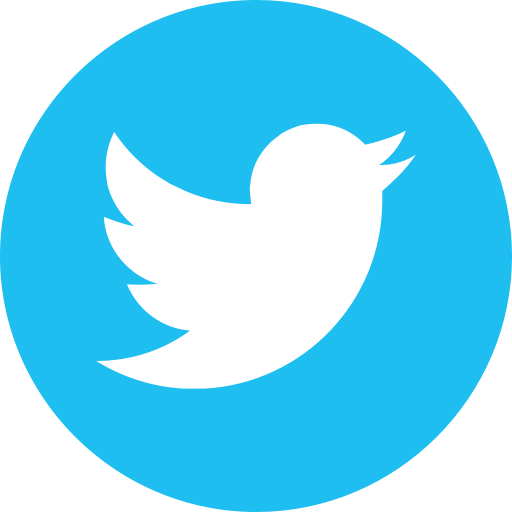” We are seeing an inclusive shift from a purely center-based care to Home Care. This results in an evolving landscape of Care plan and protocols. AI and Home Care will consequently be the two key areas of focus for our product innovations. “
CEO Napier Healthcare, Tirupathi Karthik
WHAT ARE SOME OF THE UPCOMING TRENDS WE CAN ANTICIPATE?
TK: United Nations reported that there were 962 million people aged over 60 globally in 2017 and that figure will catapult to 2.1 billion in 2050, growing at a rate of about 3 per cent per year. The increasing number of elders presents many challenges, one of the most intimidating concerns focuses on health care. Chronic illness like Dementia can have a profound impact on the health and quality of life of elderly people.
Dementia is a major issue
Dementia is recognized as a global issue of increasing importance, affecting some 50 million people around the world, it diminishes a person’s ability to care for themselves and have problems with planning and communication. This leads to changes in personality and behaviour. However, it is possible to manage dementia care through proper technology usage.
Napier healthcare is deeply committed to developing healthcare solutions that are focused on the care of patients with dementia across the care continuum, whether they are at home, attend a day care facility, residing at a nursing home or seeking acute medical care in an acute care hospital. The Dementia related solutions are Napier Dementia Day Care Solution, Napier Dementia Home Care Solution, Napier Nursing Home Dementia Solution and Napier Caregiver Portal.
Remote Patient Management goes mainstream
For patients who have mild dementia and can safely live at their own homes, Napier offers the Remote patient monitoring platform that can integrate data from a wide range of personal health devices and sensors such as vital monitoring devices, fall detectors, chair sensors, bed sensors, panic buttons, wandering sensors and GPS tracking devices and transmit these data in real time for interpretation and action.
With more elderly patients requiring care and insufficient numbers of health caregivers, it’s an imperative that new solutions are needed to help older adults remain healthy. Technology could provide the answer to keeping elderly people healthier.
AI transforming patient care
The healthcare industry is turning to AI to improve patient care. AI gives clinicians the ability to sift through patterns in patient data and to come out with personalized care plans that fits their requirements. For early intervention, AI can be leveraged by payers and providers to keep costs down by intervening with “rising risk” patients or populations before a high-cost event occurs. On top of this AI Chatbot like Napier Assistant is already being used to enhance patient engagement and improve Nurse productivity.
Home Care gaining momentum
The rising costs of healthcare, especially in residential or center-based care facilities, has forced governments and patients to look for new alternative care. As a result, the home care industry has suddenly experienced tremendous growth and focus. With new regulatory compliance and controls being implemented, home care operators are forced to leverage on technology to ensure compliance and to drive differentiation on service level to compete more effectively. The global home healthcare market size hovered between $230 billion to $248 billion as of 2018. Demand for home healthcare will observe a remarkable CAGR of 7.2% to 8% during the 2019 to 2025. Home care patients living in inaccessible areas can now be addressed. One of the technology is telemedicine, which enables a virtual exchange of information between the patients and the medics. Doctors can use video conferencing to treat their patients and this save on the cost of commuting and maximize on patients’ comfort.
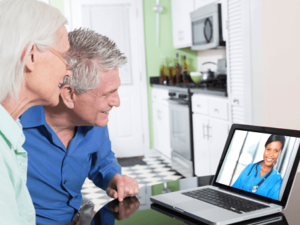
Technology is providing the opportunity for new ways of accessing and delivering healthcare, and people are taking more responsibility for their individual health and well being. Patients citizens are more open to ‘Care Anywhere’ and health services in a non-traditional setting.
In a society that is living longer, with Governments facing the growing burden of long-term chronic disease and increasing costs of treatment, innovation and technology could be the catalyst for the region to lead the world in developing a healthcare system that is truly responsive to what people want and need.
BASED ON THESE TRENDS, WHAT ARE SOME CHANGES YOU WISH TO SEE IN THE HEALTH AND ELDERCARE INDUSTRY?
TK: Judicious adoption of AI: AI taking the center stage augurs well for the healthcare industry. Healthcare providers need to leverage on these new AI technologies to provide better patient engagement, develop better and more personalized care plans, enhance resources efficiencies and operations workflows.
Patient-Centred-Care: The eldercare segment will be in the spotlight due to the rapidly ageing population. Home care will soon become the preferred way in Eldercare support. However Health systems need to adapt to a Patient-Centred-Care model whereby the technology facilitates seamless flow of information as the Patient traverses from Primary Care, Day Care, Residential Care and Home Care. The Patient EMR and Care Plans will need to “travel” along with the Elder as they visit these various facilities.
AS THE KEY DRIVING FORCE OF NAPIER HEALTHCARE, WHAT ARE YOUR ASPIRATIONS FOR THE COMPANY?
TK: Our business DNA is like start-ups. Lean, agile and constantly innovating to develop leading edge technologies for healthcare. Napier’s investment in R&D surpasses that of the mainstream industry players in percentage of revenue terms. Napier exists to solve healthcare problems by applying technology. Our aspiration is to work with Customers in an “Agile” manner by delivering new technology in a matter of months as against the industry average of “years”. Our Voice of Customer (VOC) initiative is already helping Customers implement Napier version upgrades seamlessly every quarter instead of the once-in-three-years tech upgrade previously. Napier Customers truly use technology as their competitive differentiators today!

WHAT IS YOUR ASPIRATION FOR THE FUTURE OF AGEING IN ASIA?
TK: Napier would like to see an Eldercare population live a wholesome and fulfilling life realizing their potential. Napier views the Elderly as an asset to the economy and society in general. Consequently Napier’s technology seeks to enhance their quality of life and deliver “Care Anywhere” and support Eldercare providers take good care of the Elderly.
WHAT CAN WE EXPECT TO SEE FROM NAPIER IN THE NEXT 18 MONTHS?
TK: We are seeing an inclusive shift from a purely center-based care to a center-based care with home care. This results in an evolving landscape of Care plan and protocols. AI and Home Care will consequently be the two key areas of focus for our product innovations. At Napier Healthcare, we are in a very good position to grow in the Home Care segment and by increasingly infusing AI we expect to leapfrog competitors in this space.
WHAT IS NAPIER HEALTHCARE’S UNIQUE VALUE PROPOSITION AND KEY COMPETITIVE DIFFERENTIATORS?
Napier Healthcare is an enterprise software company specializing in the healthcare provider industry. Our solutions enable clients to deliver services across the entire continuum of Care, from Residential Care (Nursing Home), Day Care, Home Care and to follow-up clinic visits. We are at the forefront of innovation that includes Artificial Intelligence, Mobility, Cloud, Analytics, interactive electronic medical records (iEMR), Telehealth and Remote Patient Management.
Finally, our products have some of the best usability features. This is because we develop and test with healthcare practitioners on staff and in partnership with healthcare providers. One prime example of high usability is the Napier EMR (electronic medical records system) on Apple iOS. It is a mobile EMR that requires only a few key strokes by a physician to use mirroring the usability available in the Apple iPad.
* This article was first published in the September 2019 issue of Ageing Asia Alliance Journal & re-published with their permission. Click here to read the full publication.
For editorial queries, please contact:
Eric Wong
Regional Product Marketing Director
Napier Healthcare Solutions
Hp : +6012 288 2765
Email : eric.wong@napierhealthcare.com


